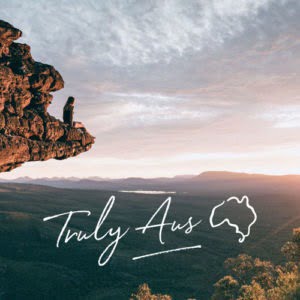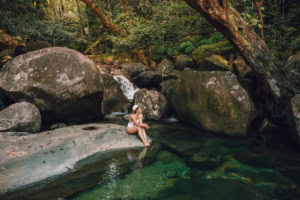Looking for an inspiring cultural fix? Dive into the Wildlife Photographer of the Year exhibit at Sydney’s Australian National Maritime Museum.
On loan from London’s Natural History Museum, this exhibit is the most prestigious photography accolade of its kind – a breathtaking showcase of masterpieces by some of the most talented wildlife photographers in the world. Celebrating its sixtieth year, the exhibit will open on May 15 and close on October 19.
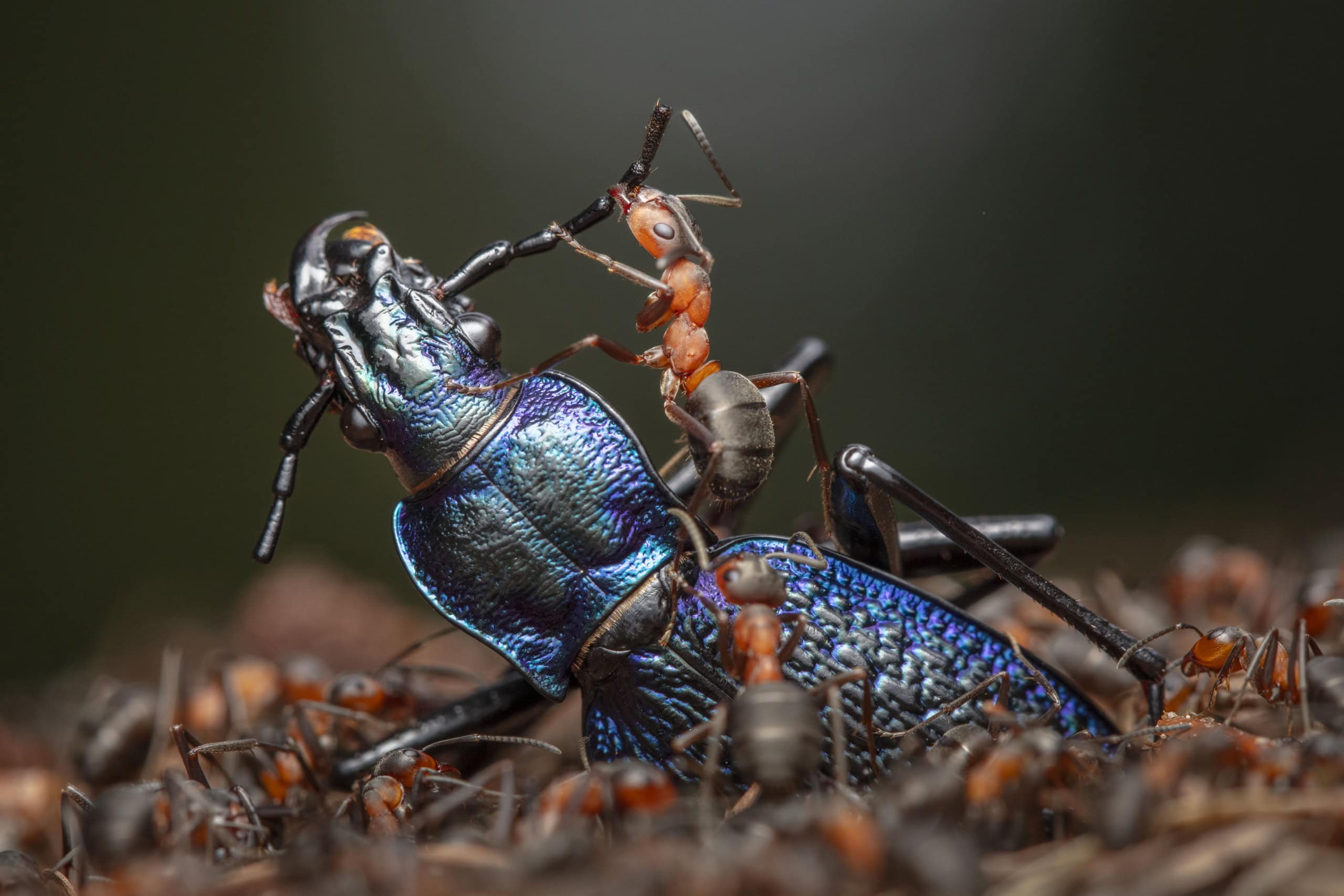
Here we’ve chosen some of our favourite images depicting interesting animal behaviour and the incredible biodiversity of the world around us.
The acclaimed competition receives entries from more than 117 countries and territories around the world, from various ages and skill levels. These entries are then judged by a panel of industry experts across the world, who consider the photographers’ techniques, and their ability to capture something unique.
2024 contest winners
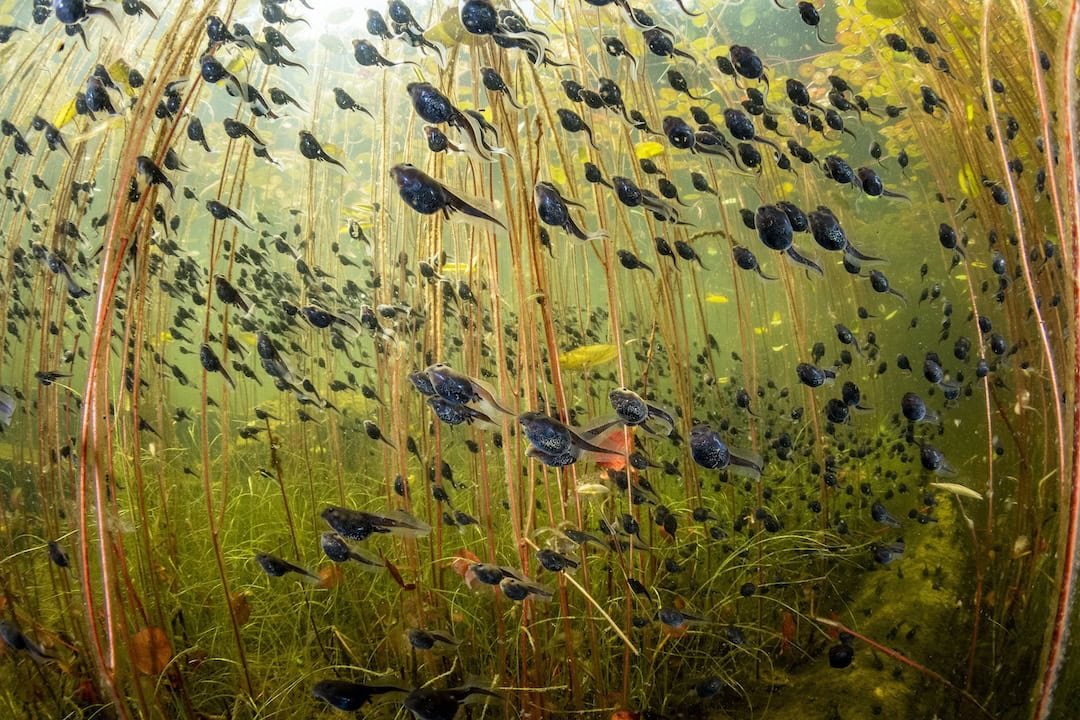
Shane Gross, a Canadian Marine Conservation Photojournalist, won Wildlife Photographer of the Year through his work depicting western toad tadpoles in the wild. A staggering 99 percent of these tadpoles will not survive into adulthood due to habitat destruction and predators, so Gross’s image also served as a call to action for conservationists worldwide.

Alexis Tinker-Tsavalas took home the Young Wildlife Photographer of the Year award for her image of bodies of slime alongside a tiny springtail.
Using focus stacking, Tinker-Tsavalas captured 36 different images of the site, each with differing areas of focus, to then combine them into one detailed image.
An approach to promote positive change

This important exhibit not only catapults talented artists to the global stage, but also encourages positive change, by shining a spotlight on the multiple challenges that wildlife faces globally.
Australian photographers who came out on top
Three very different Australian photographers were chosen as category finalists.

Jannico Kelk won the category Animals in their Environment, where he showcased a greater bilby in a fenced reserve, which protects the animal from predators to ensure its survival.
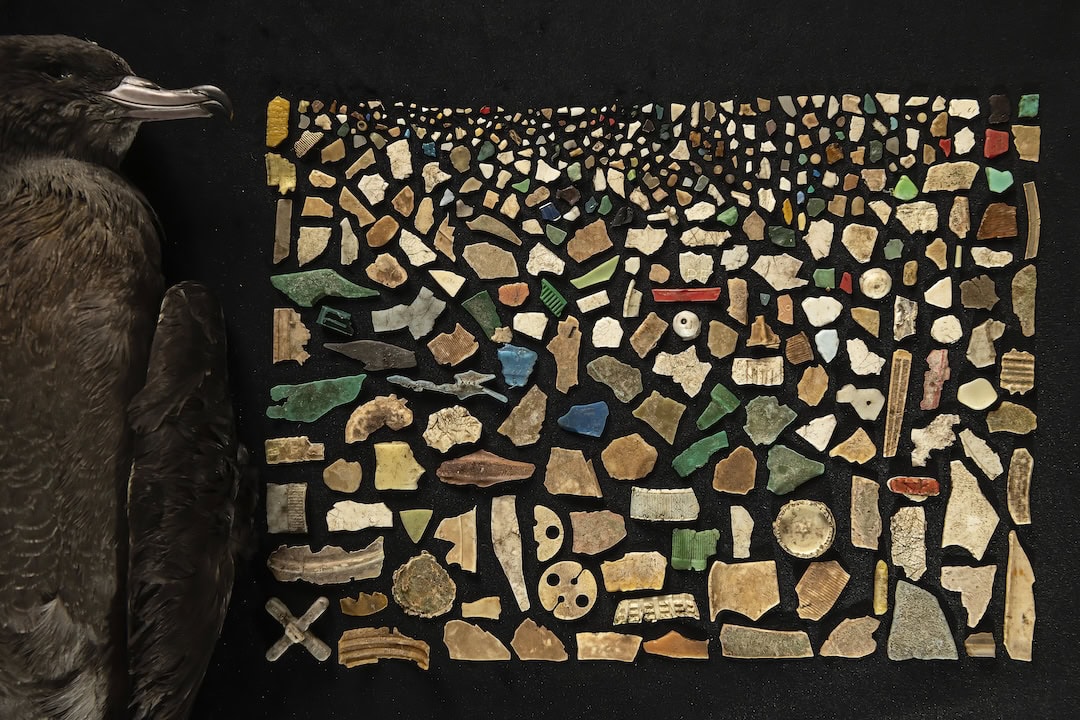
Justin Gilligan won first in the category Oceans: The Bigger Picture by creating a mosaic of 403 pieces of plastic he scrapped from a dead flesh-footed shearwater’s digestive tract.
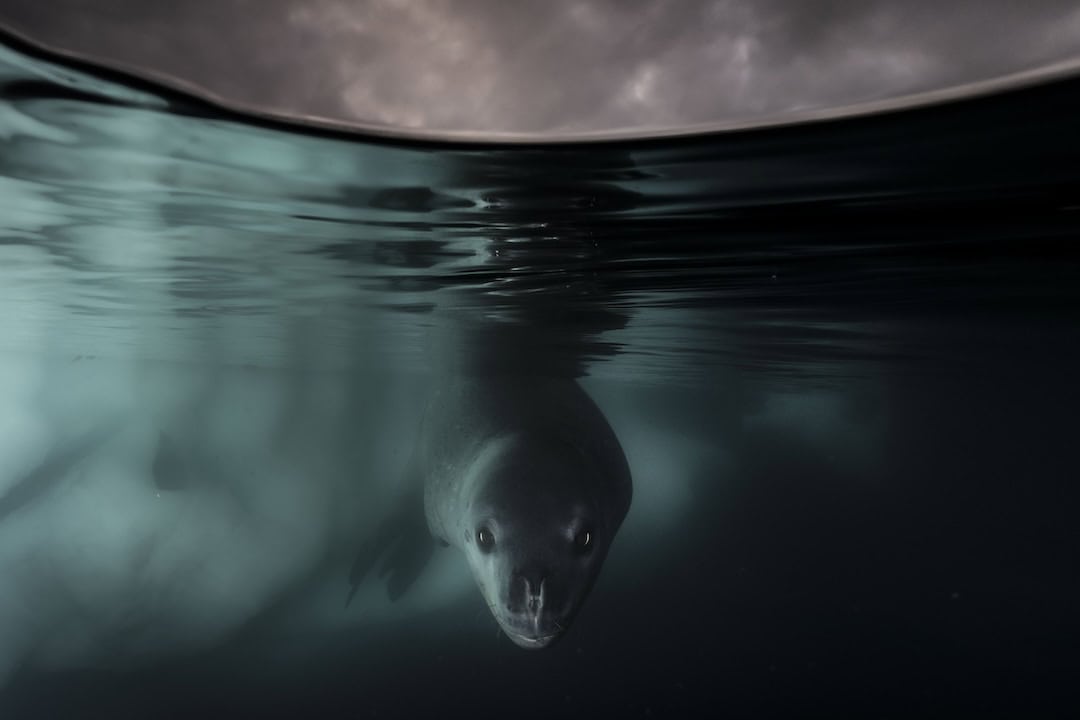
Finally, Matthew Smith won Underwater, with a stunning image of a leopard seal beneath the ice in Antarctica.
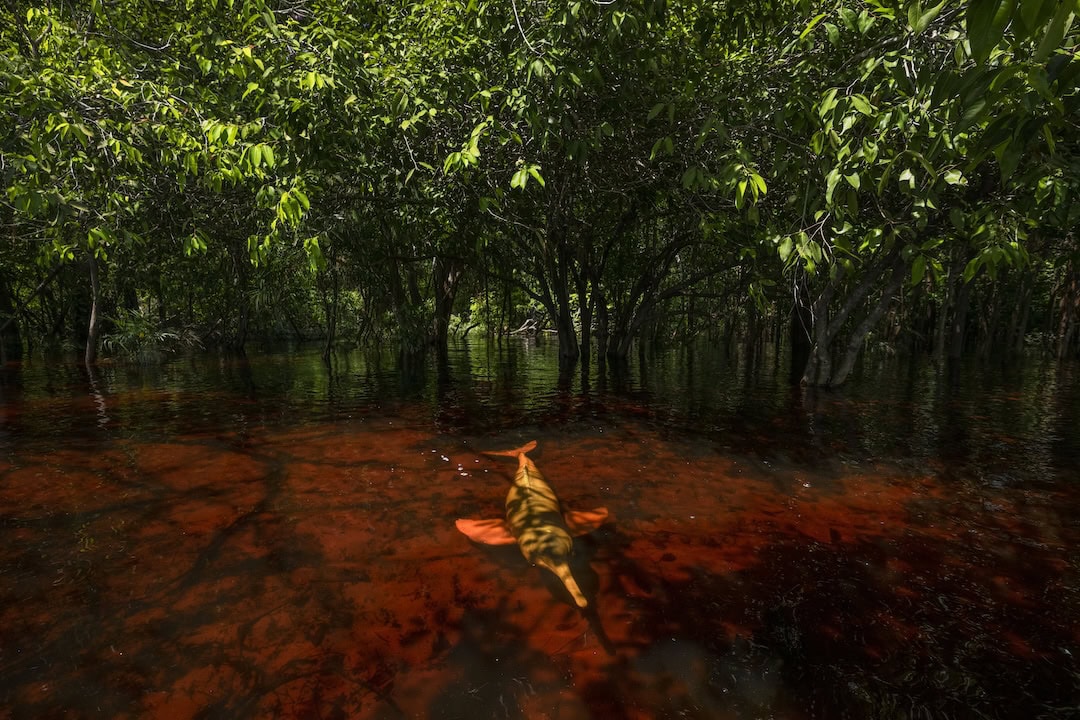
To see these Australian finalists and the rest of the inspiring entries, head over to the National Maritime Museum in Darling Harbour.
For more ideas on things to do this winter, check out our top events in Sydney in 2025!



